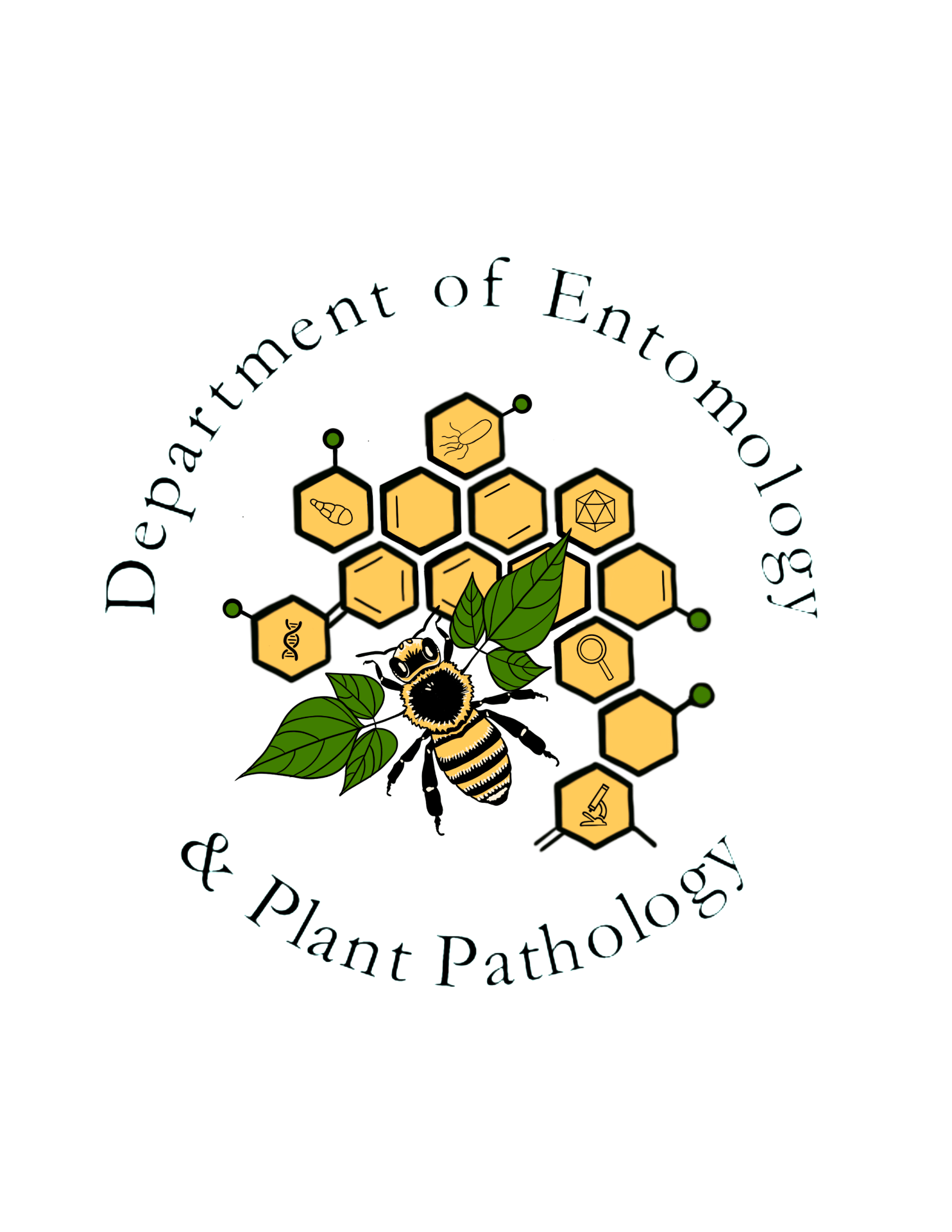Azalea lace bugs
Order: Hemiptera
Family: Tingidae
Genus and species: Stephanitis pyrioides (Scott)


The azalea lace bug is the most damaging lace bug associated with landscape plants. It was introduced from Japan early in the twentieth century and is now found form New England south to Florida and west to Arkansas and Missouri. The bugs live and feed on the undersides of azalea leaves. Adult bugs are only about an eighth of an inch long. A characteristic hood covers the head, and the cream-colored, lacy wings are marked with dark patches. Females embed groups of eggs into the undersides of leaves. Nymphs are black and spiny. There are two to four generations per year, and the species passes the winter in the egg stage. Nymphs and adults damage plants by piercing cells and sucking out their contents. Because they remove much of the chlorophyll from the upper palisade parenchyma of the leaves, the plants appear bleached and chlorotic. Severely damaged leaves may turn brown and fall. Dark brown, varnish-like excrement drops of the undersides of the leaves are telltale signs of lace bug damage. Insecticide treatments should be made in spring as soon as the nymphs appear.
